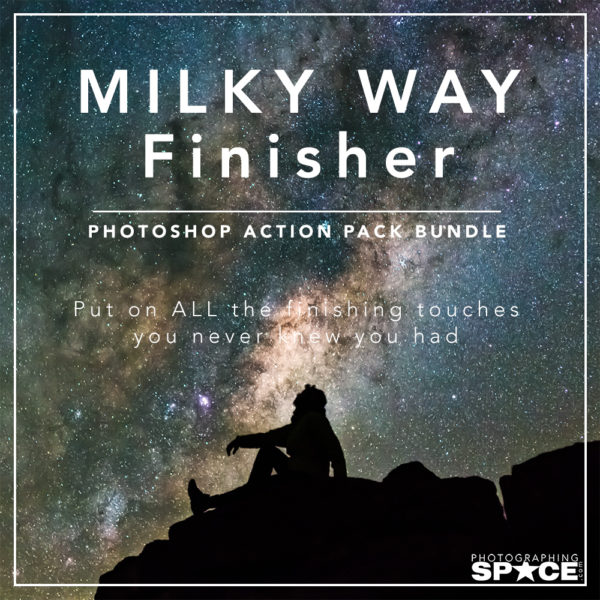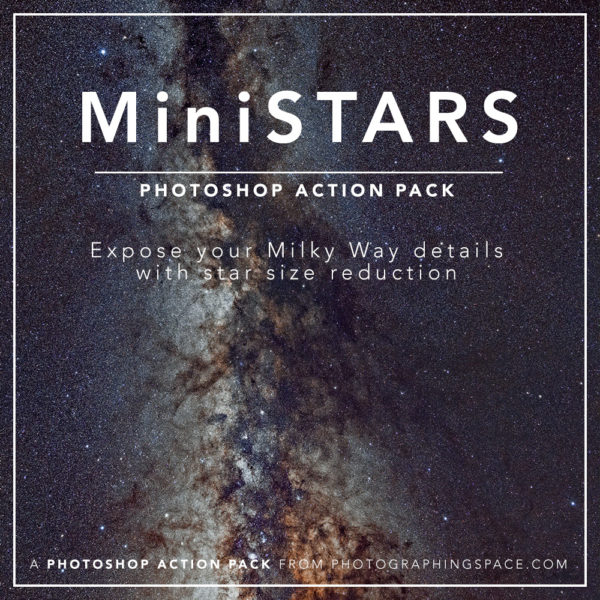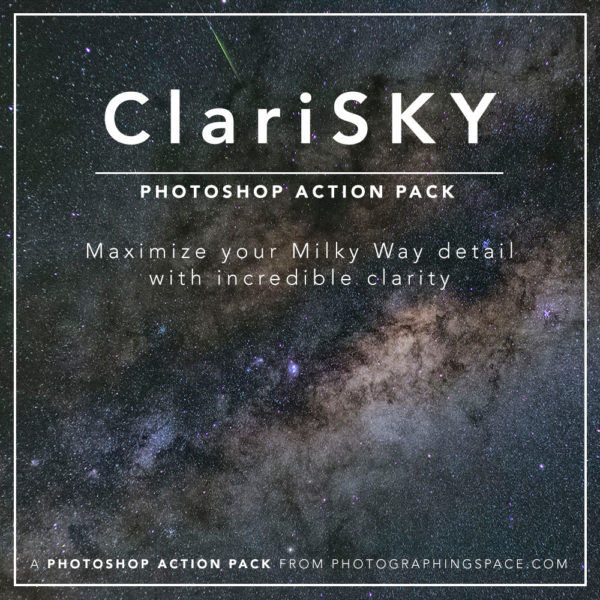The German Equatorial Mount

 Static photographic tripods offer vertical movement and head rotation, but they lock into place. Telescope mounts work in a similar fashion, but can move in right ascension and declination – the coordinates of the sky. An adaptation of this type of mount that is most suitable for astrophotography is the German Equatorial Mount (GEM). GEMs are best suited to astrophotography because they combat the earth’s rotation to keep a telescope fixed on a location in the sky. This makes GEMs capable of tracking the object through time in a simple and precise manner. An equatorial mount has one axis aligned parallel to the earth’s axis to compensate for the planet’s rotation, which allows you to accurately track the stars. This axis moves the telescope as the earth rotates (right ascension) around the “polar axis”. The second axis (declination) moves the telescope at right angles to the polar axis. Movement along both these axes (once aligned correctly) allows a telescope to locate and track any object in the sky.
Static photographic tripods offer vertical movement and head rotation, but they lock into place. Telescope mounts work in a similar fashion, but can move in right ascension and declination – the coordinates of the sky. An adaptation of this type of mount that is most suitable for astrophotography is the German Equatorial Mount (GEM). GEMs are best suited to astrophotography because they combat the earth’s rotation to keep a telescope fixed on a location in the sky. This makes GEMs capable of tracking the object through time in a simple and precise manner. An equatorial mount has one axis aligned parallel to the earth’s axis to compensate for the planet’s rotation, which allows you to accurately track the stars. This axis moves the telescope as the earth rotates (right ascension) around the “polar axis”. The second axis (declination) moves the telescope at right angles to the polar axis. Movement along both these axes (once aligned correctly) allows a telescope to locate and track any object in the sky.
Optical tubes and determining your FOV/area of interest:
 A telescope is just a big lens. As such, quality is of paramount importance if you want to take good photos. Your choice of telescope is influenced by factors such as budget and your main area of interest.
A telescope is just a big lens. As such, quality is of paramount importance if you want to take good photos. Your choice of telescope is influenced by factors such as budget and your main area of interest.
These are the criteria on which selections should be made:
Aperture. As in photography, aperture is the size of the opening of the telescope that allows it to gather light. As astrophotography is all about gathering light, this is an important factor to consider. A larger aperture allows more light to be gathered faster. But size is also relative to the optical quality of the telescope.
Focal length. The longer the focal length, the higher the magnification, which increases the size of the object on your focal plane. For planetary photography long focal lengths are better as they offer greater magnification of your subject. Deep space photography relies more on an Optical Tube Assembly (OTA) with a wider field of view and faster optics to allow you to photograph dim nebulae.
Focal ratio: This is the relationship of the aperture size and the focal length, and determines the ‘speed’ of the telescope. When you want to capture light from distant objects, faster focal ratios will gather light faster, resulting in shorter exposure times
(In photography F ratio is known as F-stops. Each F stop is equal to doubling or halving the amount of light).
Focal ratio = focal length divided by aperture size
A bigger aperture size isn’t always better though. You should rather consider what you’d like to photograph and plan your purchase to suit your area of interest. This means determining your field of view, which is dictated by the focal length of your telescope or lens. Suitable focal lengths for various targets include:
- Nebulas/Star clusters: 400-800mm
- Moon: 1000mm
- Planets: 2000mm and upwards
- Milky Way: Wide field camera lens, 10mm-24mm

Telephoto lenses
Many astro photos are imaged without the use of a telescope. A good quality lens can yield great results when mounted on a tracking telescope mount. The process of acquiring and processing images remains the same as if you were to use a telescope.








“A bigger aperture size isn’t always better though.” Think that you wanted to say “focal length “. BTW, amazing post!
Hi Matias,
That’s actually exactly what she meant. 🙂
Many telescopes with a larger aperture often couple that with a longer focal length. So, we don’t want folks new to the hobby just to get the biggest scope they can afford and then have issues because they didn’t anticipate that often massive focal length that is difficult to work with.
BUT — it’s kinda the same thing, and wanted to issue a word of caution that bigger is not always better!
Cheers,
Cory
Thanks Cory!